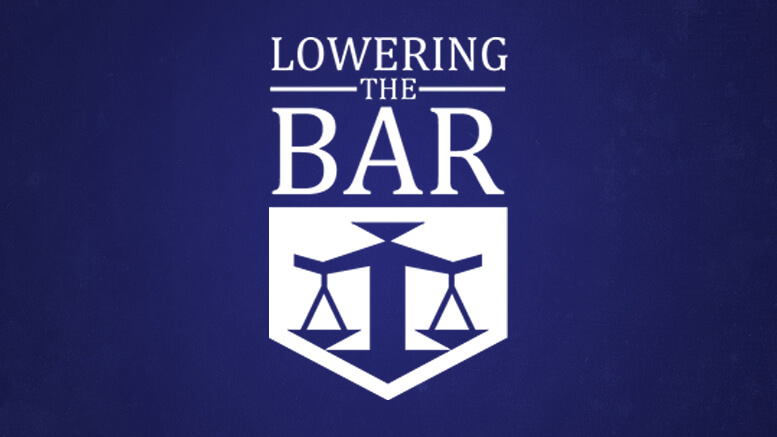The Canadian school that banned everything but "nerf balls or sponge balls" from its playground last month after a parent was hit in the head with a soccer ball has backed off, but not by much. After a meeting with parents and students on Monday night, the administration at Earl Beatty Public School announced that tennis balls would be permitted on an interim basis until the school board can make a final decision.
Children, it's important that you try not to kill anyone with a tennis ball during this probationary period.
The decision to ban all "hard balls" such as soccer balls, footballs, volleyballs, or (previously) tennis balls ended up receiving "international attention," generally being widely panned, including by certain smartass American lawyers. See "Playground Covered in Pillows for Safety Reasons," Lowering the Bar (Nov. 22, 2011). The administration says the school's playground is too small to allow the use of hard balls, and claims the ban has actually been in place for over a decade. If so, it apparently was not enforced until the injury occurred, although that makes little sense because the injury was to a parent, not a student. (If there is a pending or threatened parental lawsuit, I haven't seen it reported.)
One report described the playground as being "no bigger than a quarter-hectare," apparently again trying to confuse Americans with these teeny little metric units. (Get with the program, Canada!) Research suggests that this is a little over half an acre, or about 27,000 square feet. (According to this app I have, it is also 3.875 million square inches, which makes it seem like more; 897 rolls of wallpaper, which makes it seem ridiculous; or 25,385 Icelandic ferfets, which makes it seem like the app designers are just making this up.) This may not be a huge space for 350 kids to share, but does it really make recess, as some teachers reportedly described it, "a hellish daily ritual of flying projectiles"? Hard to say.
 Even so, there might be other ways to deal with the problem other than restricting children to playing with sponges. (One report described this as a search for "options that will allow ball play," which doesn't seem quite right.) Some suggested that, perhaps, children of different ages should have different recess times. One trustee said the yard's layout should be changed. (There's apparently a batting cage nearby, but might I suggest a net?) The students themselves just "want their balls back," as they have stated in a petition and as they have repeatedly chanted whenever they get the chance.
Even so, there might be other ways to deal with the problem other than restricting children to playing with sponges. (One report described this as a search for "options that will allow ball play," which doesn't seem quite right.) Some suggested that, perhaps, children of different ages should have different recess times. One trustee said the yard's layout should be changed. (There's apparently a batting cage nearby, but might I suggest a net?) The students themselves just "want their balls back," as they have stated in a petition and as they have repeatedly chanted whenever they get the chance.
But it appears the children will be limited in terms of ball play until the board can take up the issue. Or as the same report parenthesized above put it, "[S]tudents will need to get permission to play with larger balls until a permanent decision is made." If your balls are safe, have at it.
